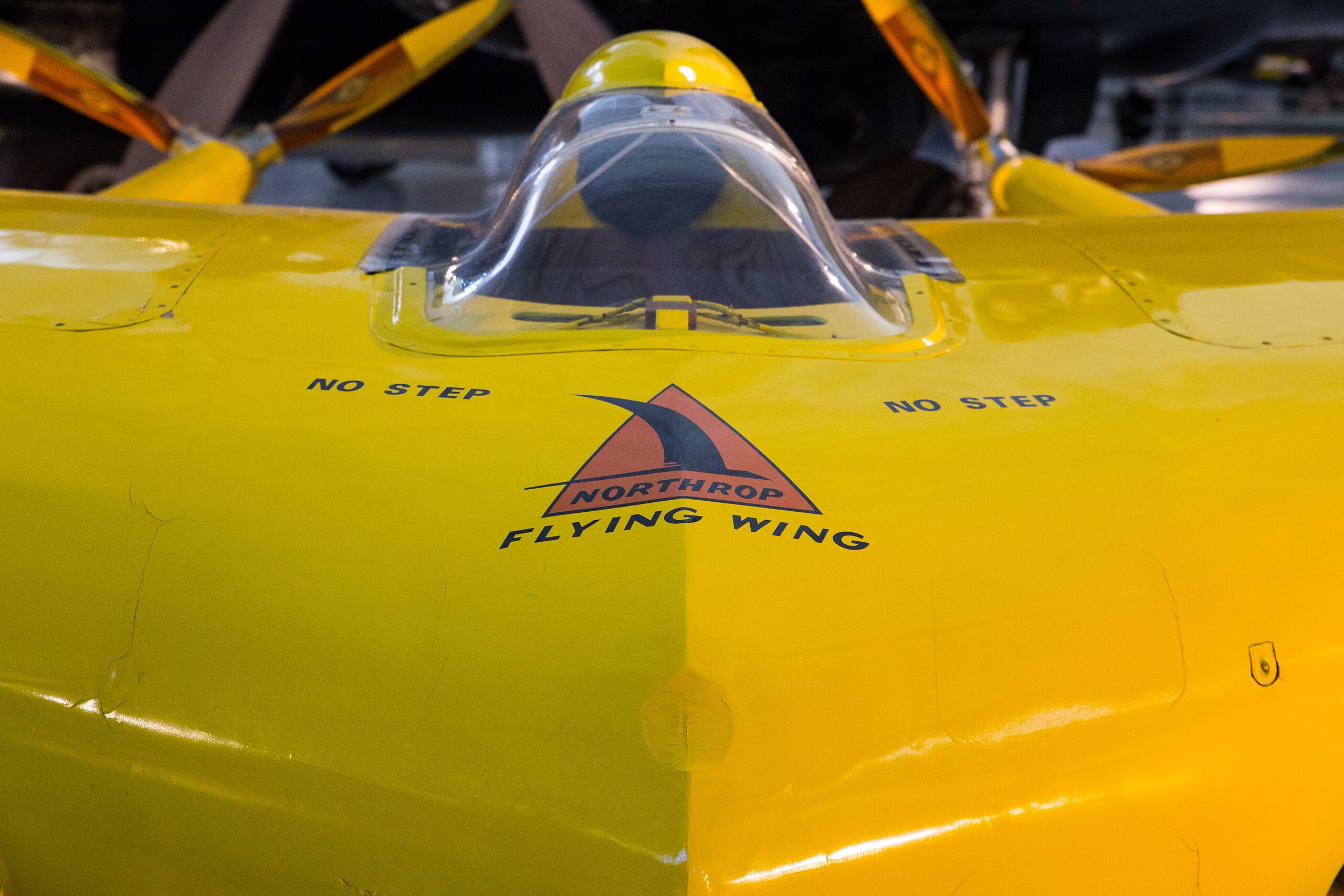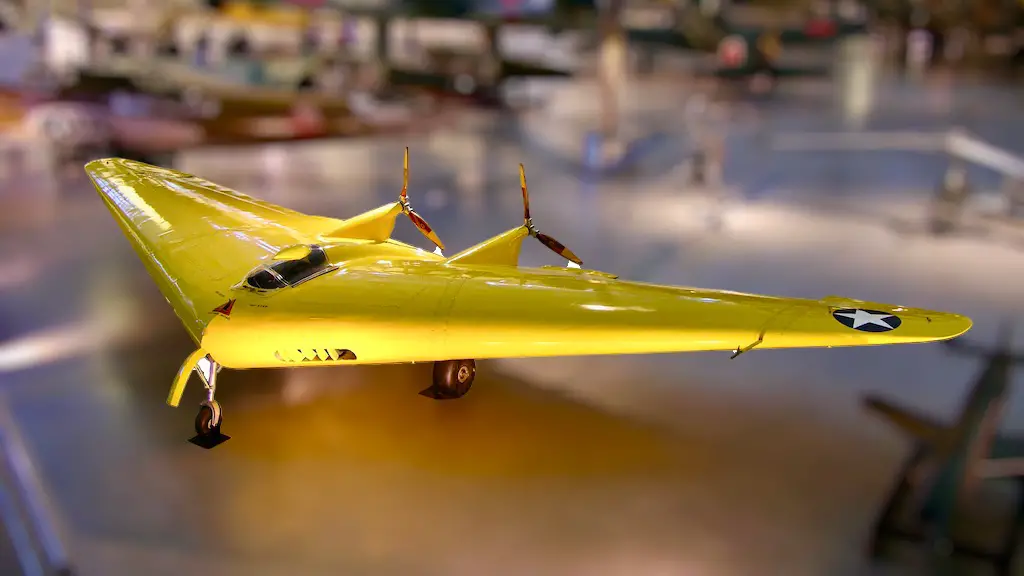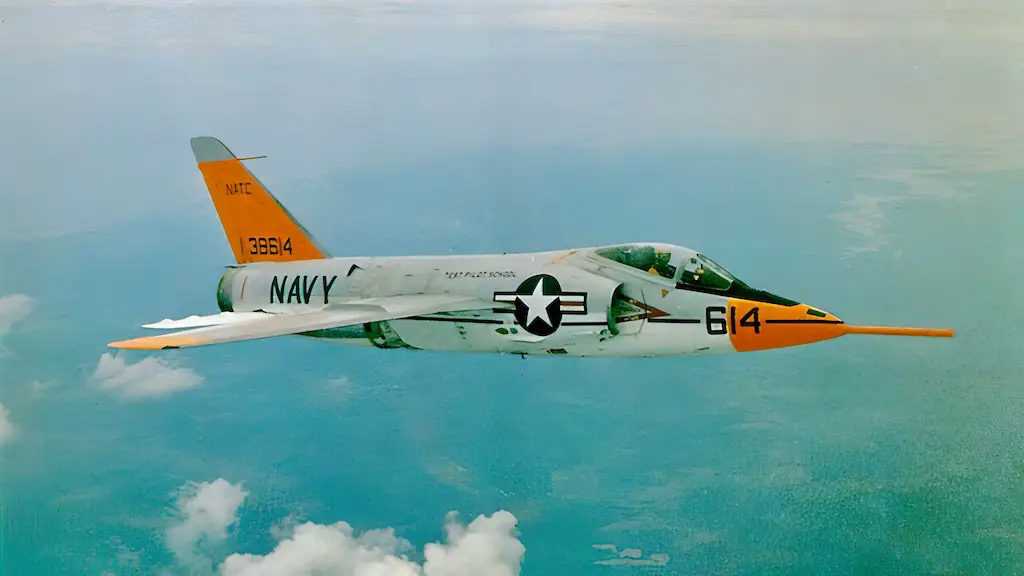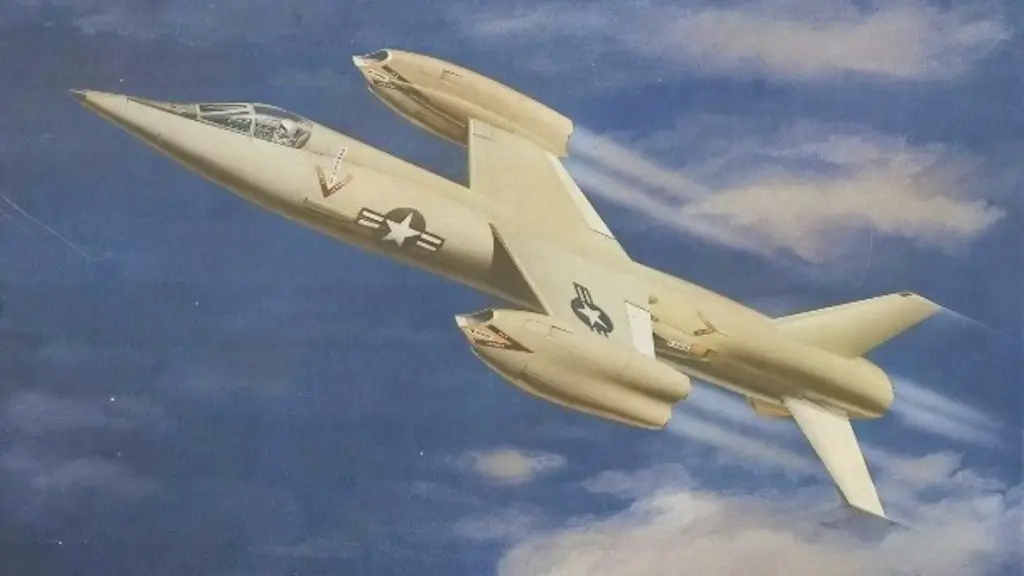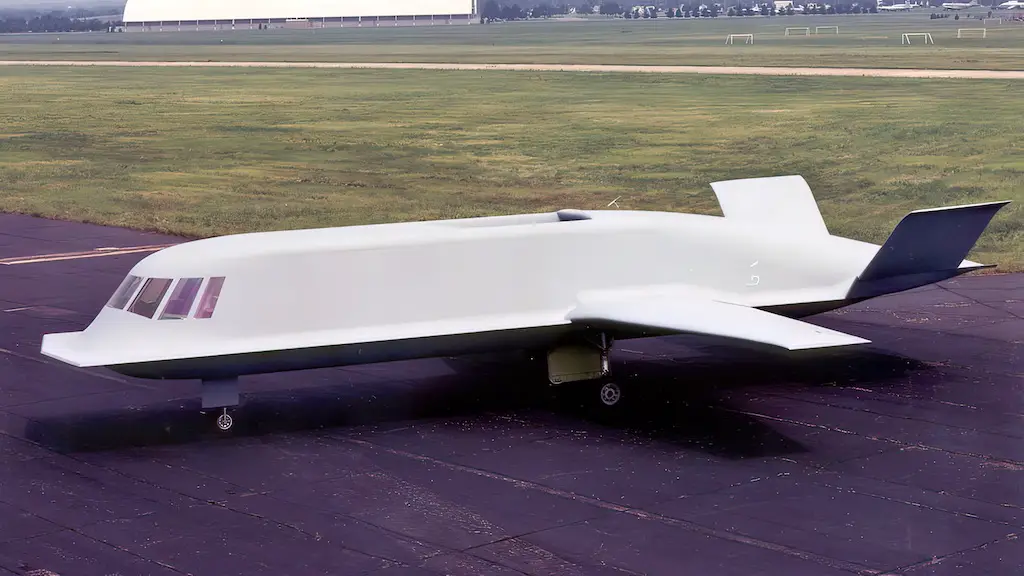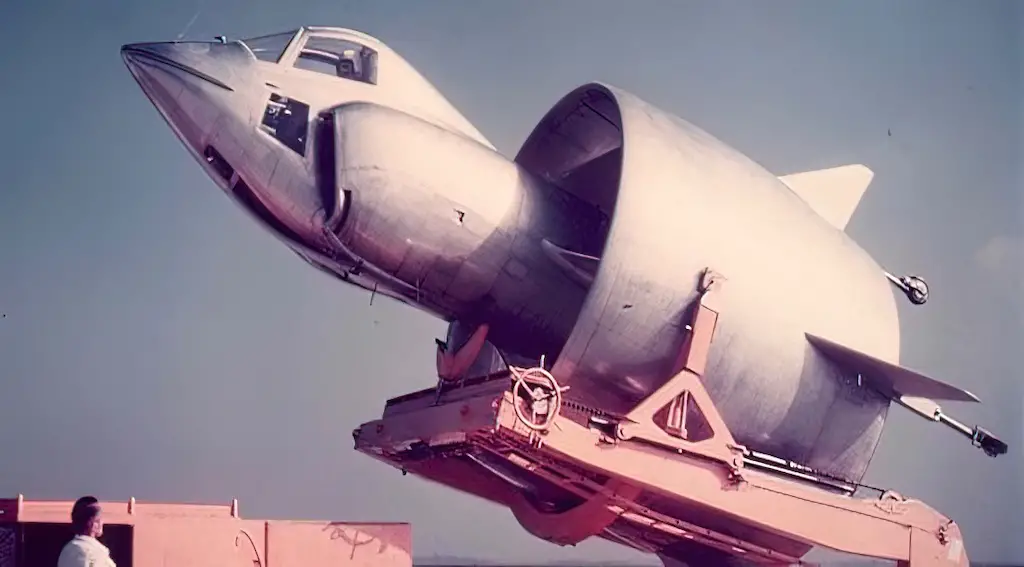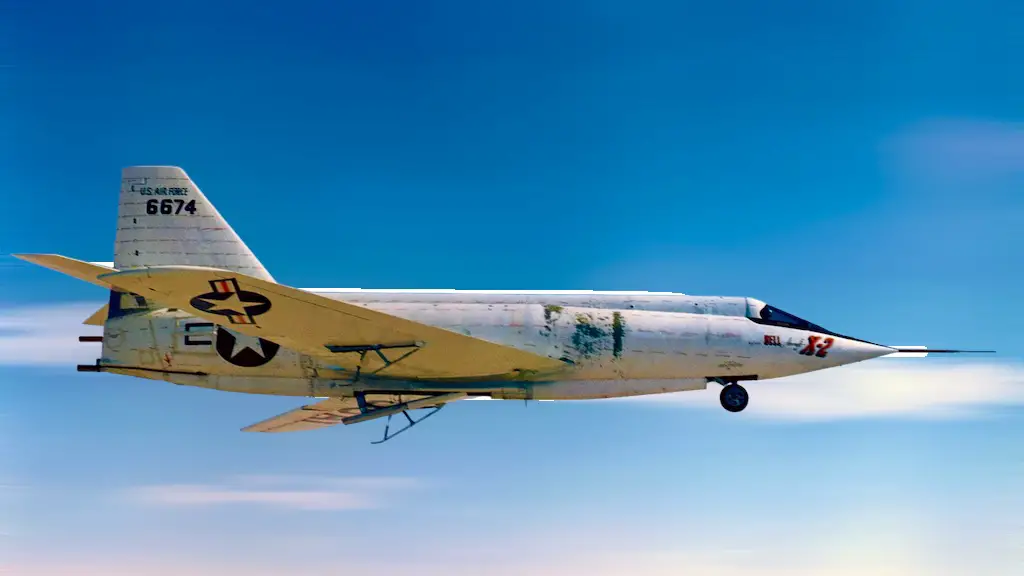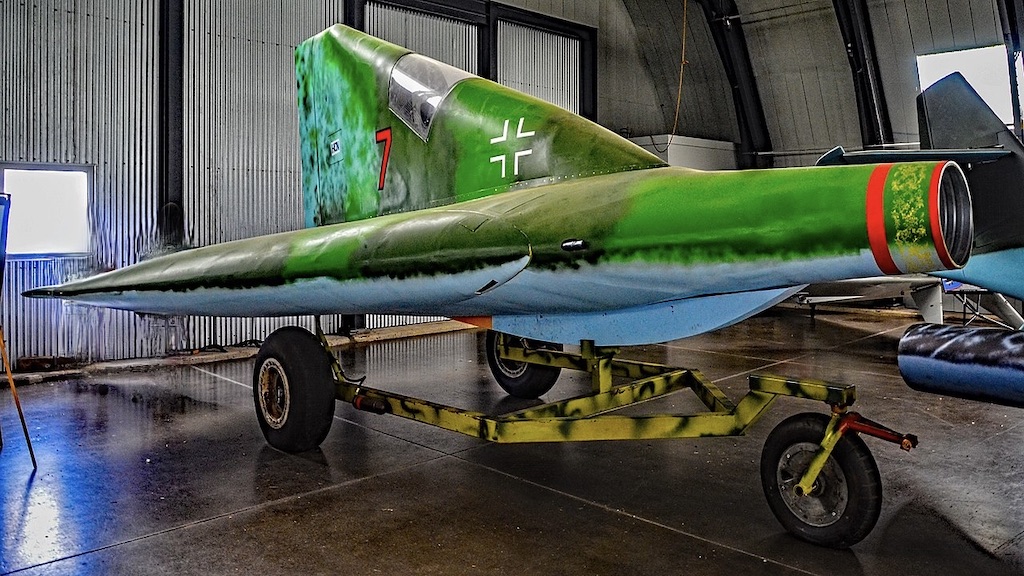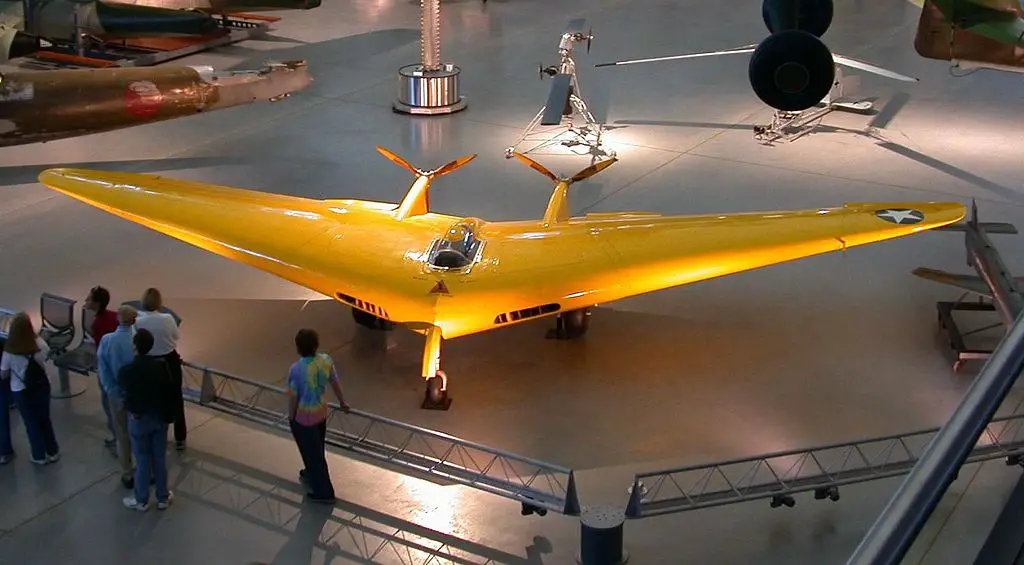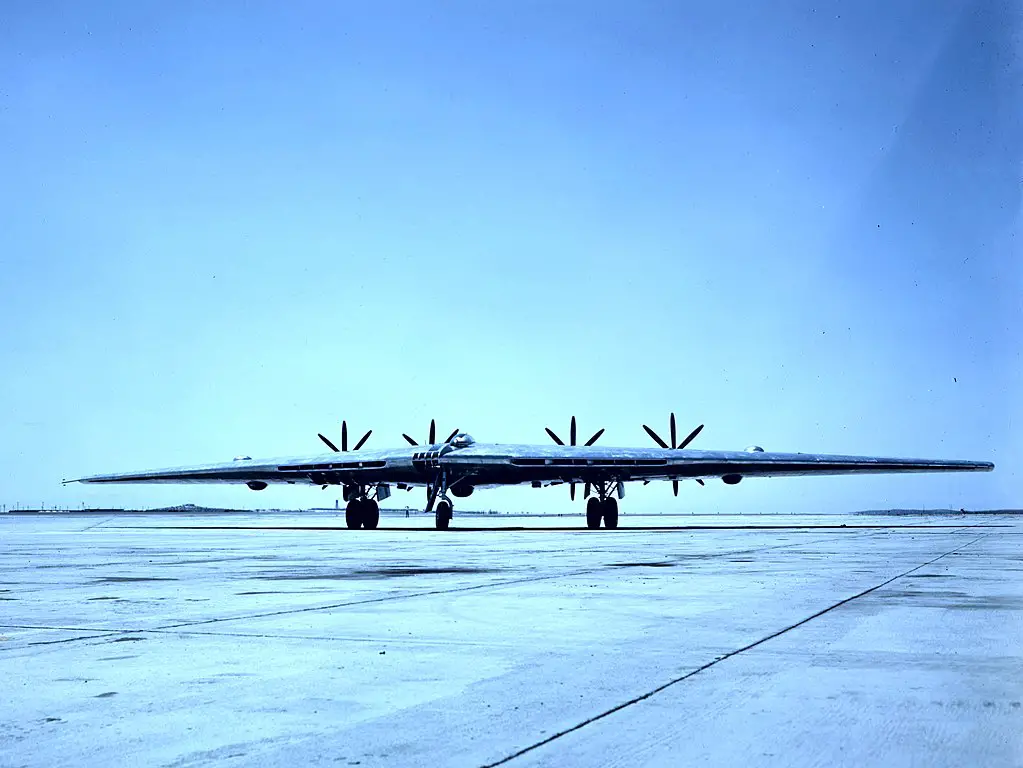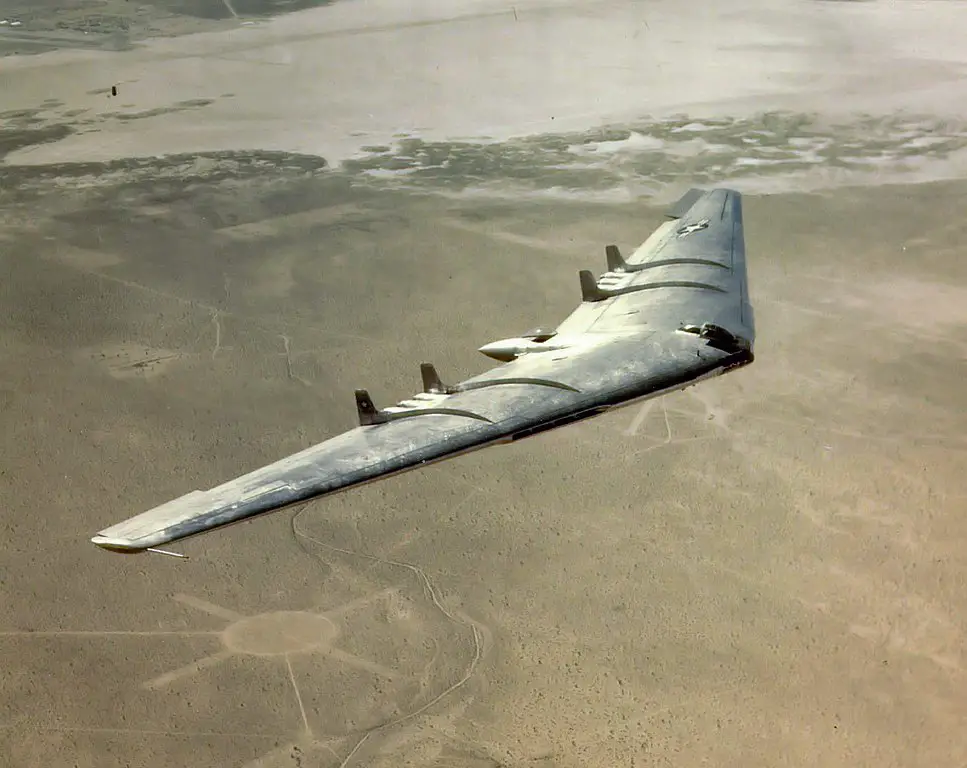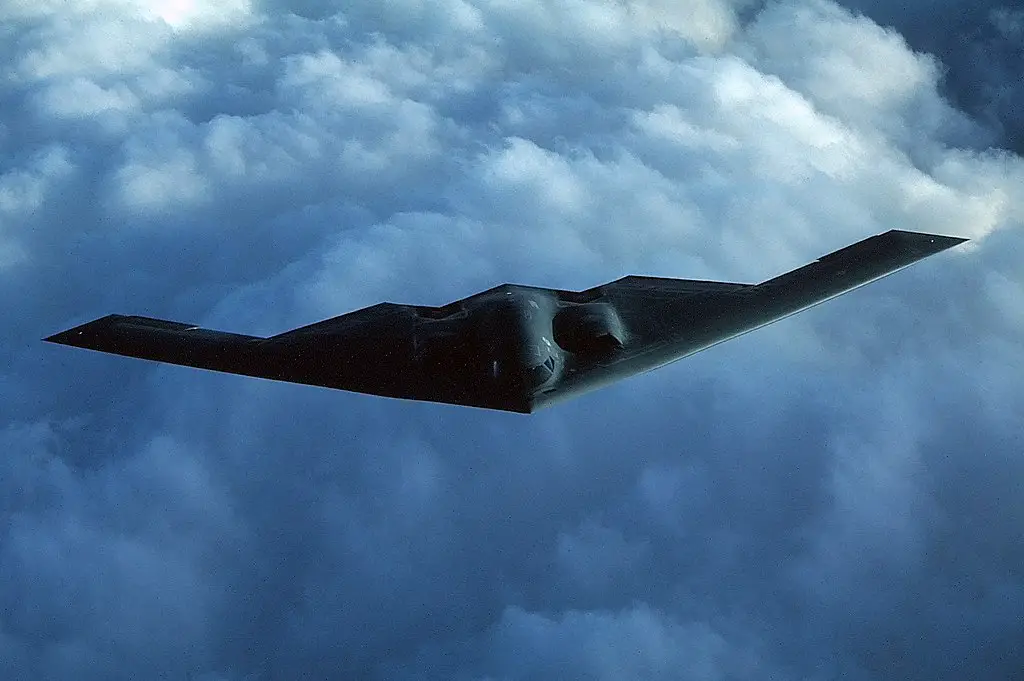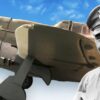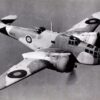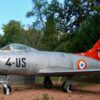The Conception of the N-1M
The tale of the Northrop N-1M begins in the early days of World War II. Jack Northrop, a visionary in aviation design, challenged conventional thought by advocating for an aircraft with a flying wing configuration. He believed this design could improve speed, range, and payload capacity. So, in the late 1930s, Northrop embarked on this bold adventure and initiated the development of the N-1M. The innovative aircraft, often referred to as the “Jeep,” was about to rewrite aviation history.
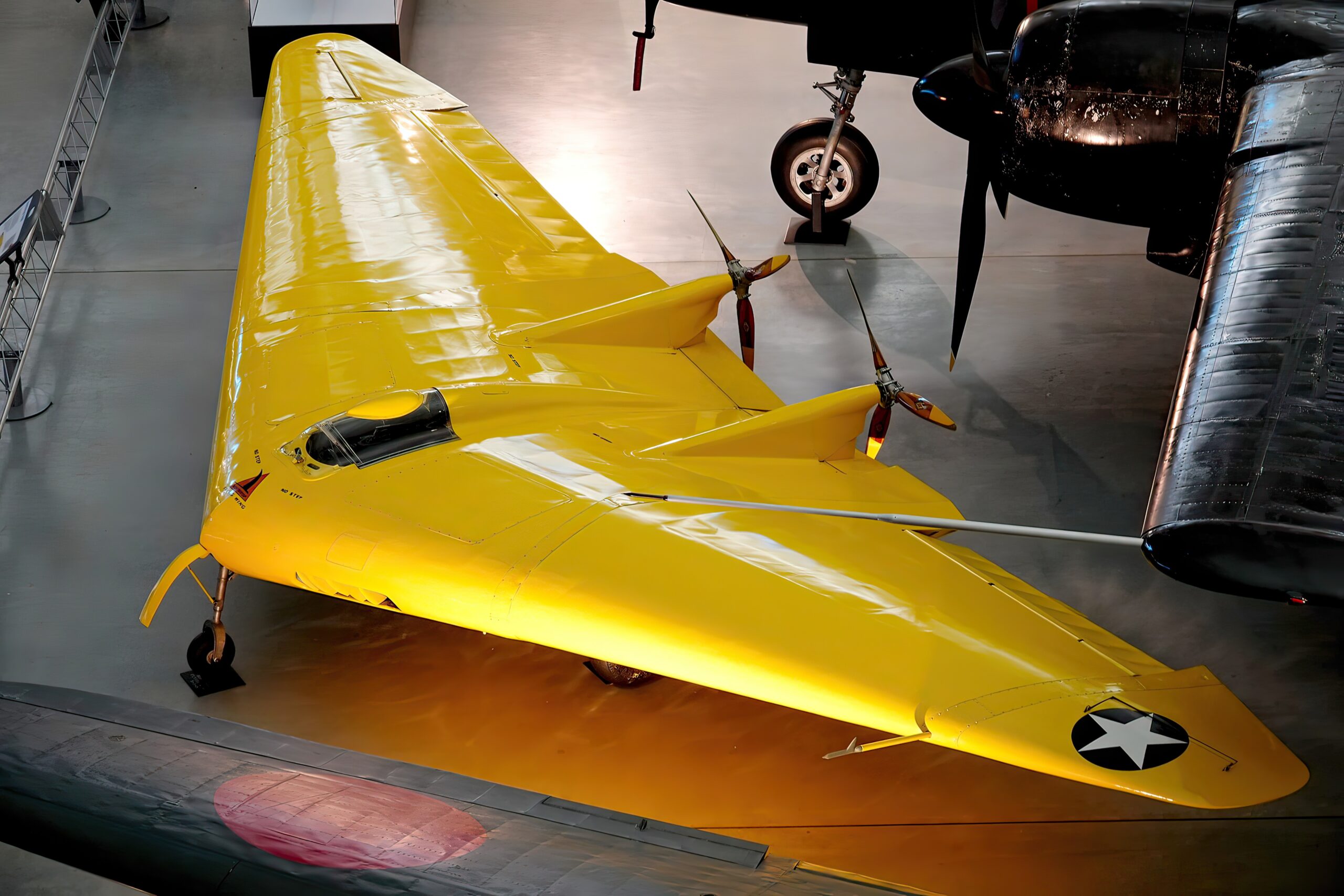
The N-1M’s Engines
The N-1M’s unique power came from its twin pusher prop engines, each producing 65 horsepower. The aircraft’s two 65-horsepower (48 kW) Lycoming O-145 four-cylinder engines were replaced by two 120-horsepower (89 kW) six-cylinder 6AC264F2 air-cooled Franklin engines. As they were positioned on the trailing edge of the wing, the engines reduced drag and promoted stability, which was a critical feature for the unconventional flying wing design.
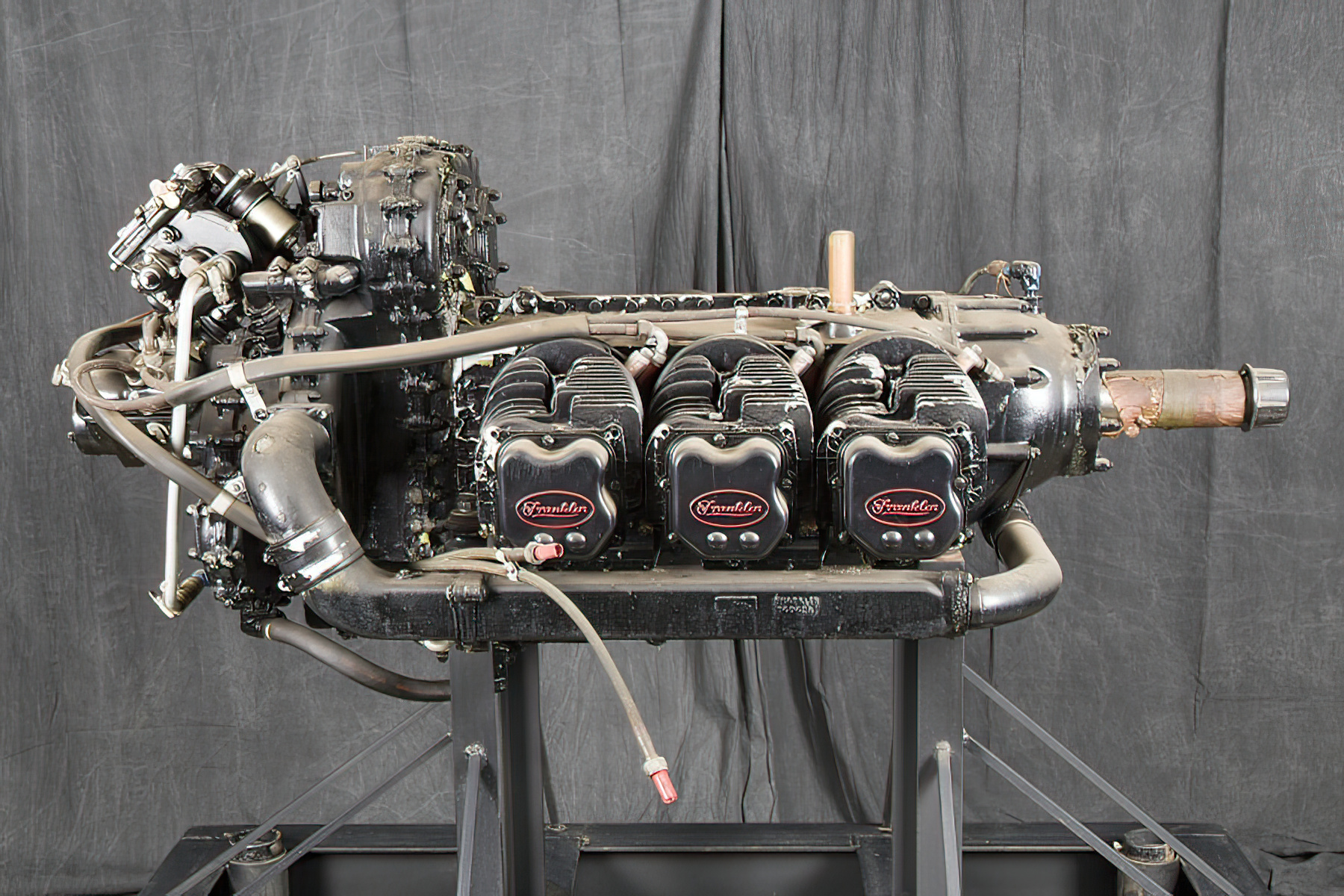
Sky High Expectations
Test pilot Moye Stephens took the N-1M on its maiden flight on July 3, 1941. But this revolutionary design didn’t initially dazzle the skies as expected. Early flights revealed significant stability issues, as the aircraft was prone to yaw oscillations—a condition known as “snaking.”
However, Northrop did not accept defeat. His team continued to refine the aircraft, focusing on enhancing the wing’s center of gravity and adjusting the control system. By 1942, they had made notable improvements to its handling, and the N-1M began to demonstrate the potential Northrop had envisioned.
The Verdict
After rigorous adjustments and numerous test flights, the handling of the N-1M improved dramatically. The aircraft now offered a stable and smooth ride, even at low speeds. Its turning radius was tight, its climb rate was admirable, and its stall speed was impressively low.
But this wasn’t enough to secure a future for the N-1M. Its top speed, limited to just 200 mph, fell short of the military’s expectations. Additionally, its range was limited by its relatively small fuel capacity. Despite its significant improvements and innovative design, the N-1M would never see mass production.
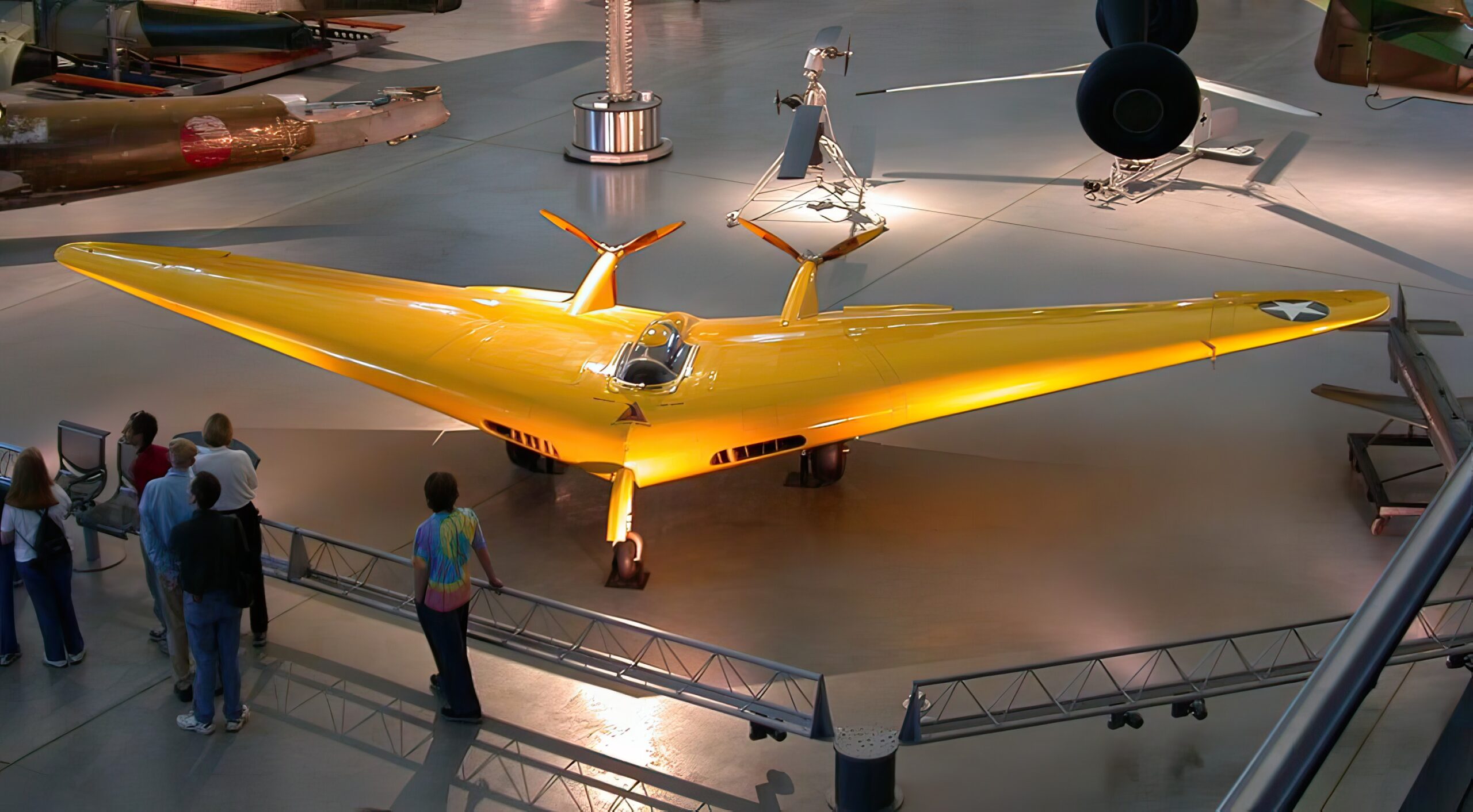
Defining the Future
Even with its limitations, the N-1M has etched an unforgettable chapter in the history of aviation. It served as the blueprint that triggered the evolution of subsequent flying wing aircraft such as the Northrop YB-35 and YB-49, and ultimately, the stealth B-2 Spirit bomber.
The N-1M demonstrated that a radical idea could challenge the conventions of flight. It paved the way for experimental designs and inspired future generations of aircraft. While the Northrop N-1M never soared to the heights of mass production, it certainly took flight in the annals of aviation innovation. This flying wing wonder is indeed a testament to the power of daring dreams and the relentless pursuit of groundbreaking ideas.
